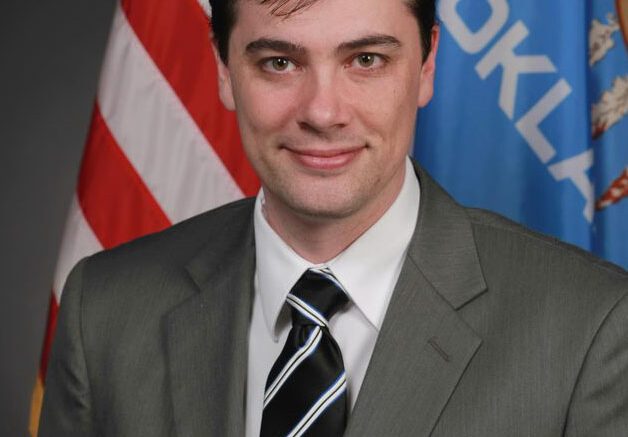As I write this article, state officials are responding to the seismic activity from two weeks ago. It appears that this effort will seek to cut back our area’s wastewater injection activity to “pre-seismicity” levels. It has been described as the state’s most comprehensive cutback plan to date.
This action builds on the state’s cutback plan from last August which sought to limit injections to 2012 levels, and has been successful in stemming the tide of the area’s quake activity. For the first time in several years, the number of quakes in our area is finally in decline.
The new plan doesn’t only cut back injection activity; it also expands the boundaries of the cutback area to pick up those injection sites which are outside of the area but may still be related to our area’s ongoing seismicity. The new area will likely extend from Edmond, north to Perry, and east to Pawnee.
Additionally, the group of state officials charged with responding to this issue are now equipped with additional funding. This allows the state to utilize the services of a geophysicist who is working with the Corporation Commission.
Corporation Commission personnel are working with new, more comprehensive datasets from the Oklahoma Geological Survey. In the past, state officials only accounted for seismic events measuring 2.8 or higher. Now, the datasets allow them to take notice of the smaller seismic events which previously went unaccounted for. This should allow the state to take a more proactive stance in enacting cutback plans because now they can see the small seismic events which may serve as a warning to oncoming seismic storms.
Because of this information, for the first time, it appears that the state has the potential to take a proactive approach to preventing noticeable earthquakes. This juxtaposes with the current reactive policy where the state responds only after noticeable seismic events have occurred, risking lives and damaging property.
Likewise, the politics of this issue have pivoted. A year ago, we could probably count on one hand the number of state leaders who were willing to talk about this matter in public. Now, for the first time, the Legislature is set to approve legislation which will substantively respond to the seismic crisis. While the specificity of that response is still in debate, it is clear that we must take action to clear away any doubt in the state’s legal ability to enforce cutback plans which have proven effective in ending seismic swarms.
There are those who will appreciate this progress but insist that the state has taken far too long to respond. They will point to states like Texas, Kansas and Arkansas where there was a faster and more effective response with almost immediate success in ending their seismic problem.
The critics are right to make this point. But I have observed firsthand that the politics and economics of this issue in Oklahoma have proven to be infinitely more complex than in the other states. Knowing the politics and incredible barriers that have been overcome perhaps explains my general optimism on this subject. We have come a long way, and I believe that the light can now be seen at the end of the tunnel.
Thank you for reading this article. Your interest and input are much appreciated. Please do not hesitate to email Jason.Murphey@hd31.org with your thoughts and suggestions.
Sincerely,






Be the first to comment on "Highlighting the good news on the earthquake issue"